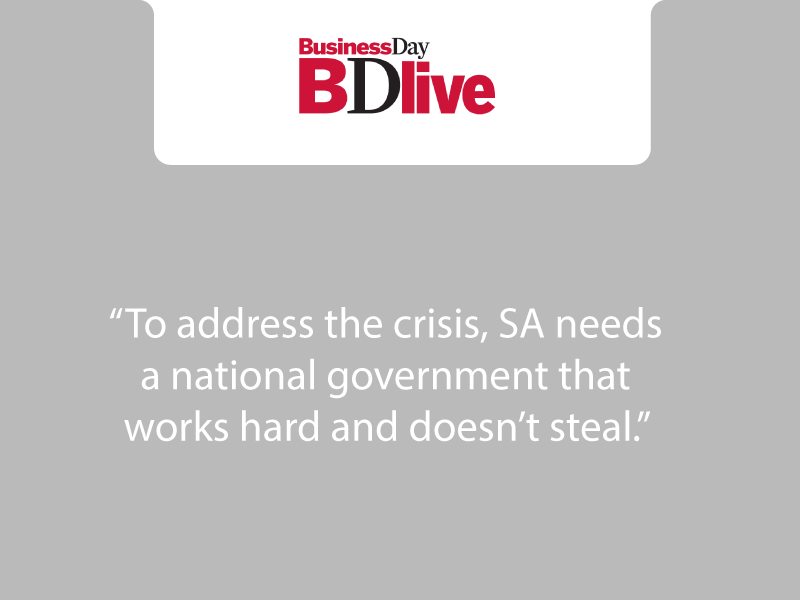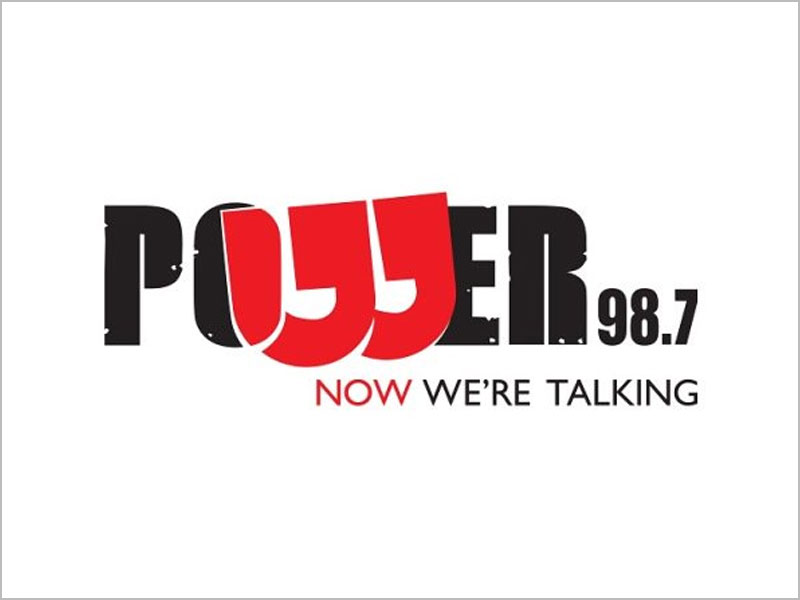 SA is in a profound and deepening economic crisis.
SA is in a profound and deepening economic crisis.
The country’s public finances are increasingly precarious, its macroeconomic fundamentals increasingly unsound and its path increasingly unsustainable.
Unless SA deals with its fiscal crisis, growth will not accelerate. However, it is true also that unless SA gets growth going, it will not resolve its fiscal crisis.
The 2019 budget estimated that in the financial years from 2015/2016 to 2021/2022, the government and major state-owned companies (SOCs) would borrow almost R2.2-trillion. This implies that if everything went to plan, the government would borrow R1bn a day, every day, for seven years. But even before the ink was dry, that number became an underestimate when the latest bailout of Eskom added nearly R60bn to it.
The effect on government spending of all this is dramatic: debt-service costs are the fastest-growing item on the national budget, and now consume almost as much as the budget for health, and twice the budget of the police.
Simply put, the reason the public sector has been borrowing so much is that since the 2009 recession, government spending has far exceeded its income. State spending plans have been premised on assumptions about economic growth and tax collection that have proved to be consistently overly optimistic, with the government slow to adjust expenditure in the face of declining growth. The result is large, persistent deficits, leading to vast borrowings.
Borrowing money — even enormous amounts of money — is not a problem if the money is used to create assets that drive growth and increase the economy’s capacity to repay the debts incurred. This, however, is not the SA experience: state capture, widespread corruption, poor governance, incapable leadership and procurement policies ill-designed to maximise efficiency have all meant that much, even most, of the borrowed money has been wasted.
We have spent hundreds of millions of rand on power stations that do not produce power and scores of billions on trains that never arrive: despite the billions allocated to Prasa’s modernisation, declining service means commuter trains carry 40% fewer passengers today than they did a decade ago.




